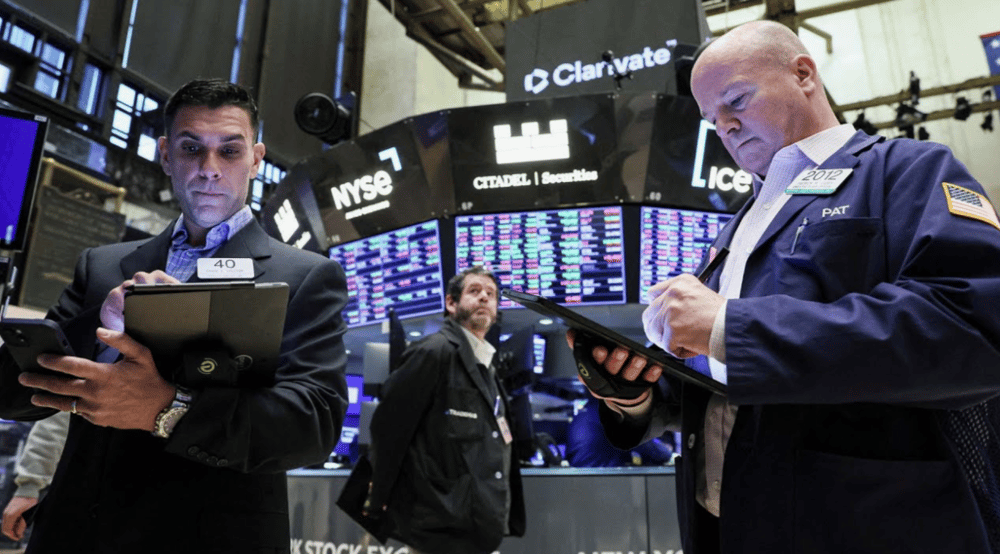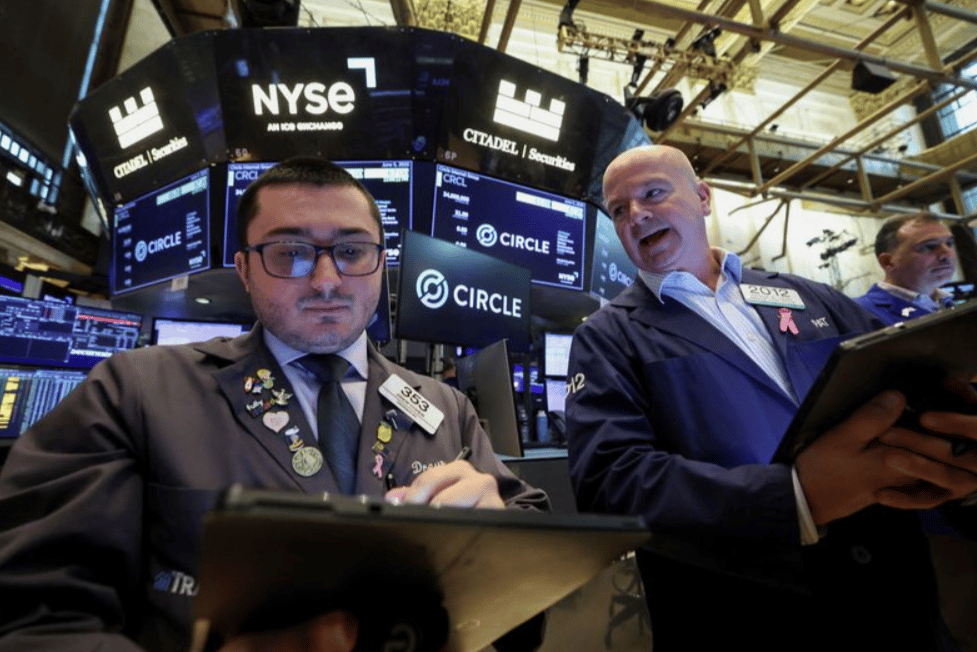Global IPO Market Falls to 9-Year Low as Tariffs, Volatility, and High Rates Curb Listings
The global market for initial public offerings (IPOs) has experienced a significant slowdown in 2025, with activity falling to its lowest level in nearly a decade. According to data from LSEG as of June 17, the total IPO volume worldwide has shrunk by 9.3% year-on-year, reaching only $44.3 billion, the weakest performance since 2016. This slump is attributed to a confluence of adverse factors — including U.S. trade tariffs, persistent equity market volatility, and elevated interest rates — all of which have deterred companies from pursuing listings.
While global financial centers remain under pressure, IPO trends vary sharply by region. U.S. activity fell 12%, while European issuances plunged by a staggering 64%. In contrast, Asia-Pacific markets have demonstrated relative resilience, posting a 28% increase in new offerings despite the global pullback.
What’s Driving the Global IPO Decline?
The retreat in IPO activity is symptomatic of broader macroeconomic uncertainty. Tightening monetary policy in key economies has raised the cost of capital, reducing the attractiveness of going public. Simultaneously, trade frictions — notably U.S. tariffs on strategic imports — have added to the caution among growth-stage firms, particularly in manufacturing, tech, and industrial sectors.

Quick Facts
📉 Global IPO volume down 9.3% YoY to $44.3 billion
🇺🇸 U.S. IPOs declined 12% to $12.3 billion
🇪🇺 European IPOs plunged 64% to $5.8 billion
🌏 Asia-Pacific IPOs rose 28% to $16.8 billion
💸 Highest global funding cost environment in a decade
📊 Volatility Index (VIX) remains above historical averages
Beyond monetary tightening, market sentiment has been shaped by a shift toward risk aversion. Volatile equity valuations, uncertain geopolitical conditions, and reduced institutional appetite for risk-heavy issuances have led many private firms to delay or cancel listing plans. Private capital remains more attractive for many growth companies, especially in the technology and consumer sectors, as it provides funding without public market scrutiny.
Regional Divergence and Market Sentiment
U.S. and Europe
In the United States, interest rate hikes by the Federal Reserve have pushed benchmark borrowing costs to multi-year highs, dampening investor enthusiasm for high-growth but unprofitable companies. Additionally, trade policy — especially sector-specific tariffs — has clouded the outlook for companies exposed to international supply chains. Many of the IPOs that did proceed in 2025 were concentrated in defensive sectors such as healthcare and energy.
Europe’s IPO market was hit harder than any other region, with a 64% decline reflecting broader concerns about political fragmentation, energy security, and economic stagnation. The European Central Bank's (ECB) cautious policy stance has failed to revive investor confidence in public listings.
Asia-Pacific: Defying the Trend
By contrast, Asia-Pacific saw a surge in IPOs, fueled by active capital markets in Hong Kong, Shanghai, and Tokyo. Several large-cap deals in technology and consumer goods buoyed regional volumes. Lower inflationary pressures and more accommodative central bank policies in countries like China and South Korea have helped support risk appetite and listing activity.

Key Market Observations
Tight Financial Conditions: Higher interest rates globally have raised IPO cost thresholds.
Tariff Tensions: U.S. tariffs reduce forward earnings visibility for exporters.
Private Capital Surge: Private equity and venture capital remain strong alternatives to IPOs.
Volatility Deterrent: Persistent market instability has discouraged institutional IPO participation.
Regional Resilience: Asia-Pacific outperformance highlights divergence in macro conditions.
Outlook for Global IPOs Remains Clouded by Policy and Market Risks
The contraction in global IPO volume underscores the sensitivity of capital markets to macroeconomic headwinds and geopolitical uncertainty. While IPOs remain a vital tool for corporate financing and market expansion, current financial conditions favor a wait-and-see approach for many companies.
Unless interest rates stabilize and trade policy becomes more predictable, IPO activity is unlikely to rebound significantly in the second half of 2025. The divergence between regions — with Asia-Pacific emerging as a relative bright spot — is likely to persist as global monetary policy paths and economic resilience vary widely.















Comments
A bold investment like this reflects how automation is becoming central to tech value creation